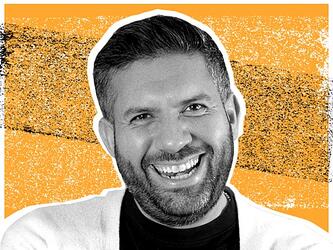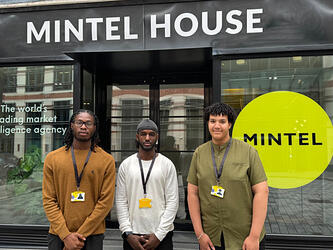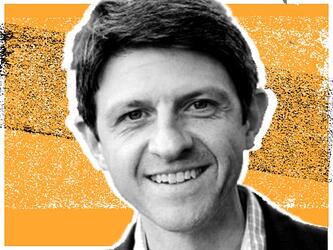View from Silicon Valley
You can’t spend more than a few weeks in the Bay Area of San Francisco without hearing the phrase ‘mental model’ being thrown around. You’ll find countless articles on LinkedIn and in the tech press telling you how to retrain your brain to adopt some new, mysterious, mental models for everything from AI to Inbox Zero.
If you unbundle the jargon, however, they’re actually easy and useful. They are simply ideas of how particular concepts or systems work. For example, supply and demand would be a mental model for explaining how economies work. Similarly, the theory of a distributed ledger will help you understand how cryptocurrencies work.
Of course, even Stephen Hawking failed to discover a ‘theory of everything’, so there’s never just one model that will work. The idea is that, by learning a few of these individual models – and stitching them together – you can understand better how an industry really works.
Now, a confession. I’ve become mildly obsessed with one such model from the world of product management and how it applies to research. In 2006, the academic Clayton Christensen published a now-famous paper on his ‘Jobs To Be Done’ framework. Twelve years later, it remains a popular and effective mental model for product managers and marketers across Silicon Valley.
The framework has a simple premise: consumers don’t just buy products – they hire products to do a job and they fire them if/when they don’t meet that need. By focusing on understanding the job that you/your product is really being hired to do, you can more effectively meet your customers’ needs. There’s an old quote from Theodore Levitt, the marketing professor, that epitomises this way of thinking: “People don’t want to buy a quarter-inch drill. They want a quarter-inch hole.”
Thinking, realistically, through all the different jobs that a research team is truly ‘hired’ to do has helped us to be a better partner to our stakeholders and improved the way we work with our various agencies. It’s also made me think a lot about past projects and clients, and what I might have done differently if I had dug deeper into what job that project was truly being hired to do.
Start by making a list of all the possible jobs for which you or your team/agency are being hired. If you can get (honest) feedback from your clients or stakeholders, great, but you can also do this yourself. Write all these possible jobs down in a series of statements with the same structure. A verb, the object of the sentence, and a context. So, for a research team, a job statement might be: Measure | the number of people who prefer our product over our competitor | so the CMO can make a decision on what to advertise in Q4. However, another job statement might be: Provide | a number | so my stakeholder can show their boss they have done some research.
How many times have you been told that a research project has the first job statement as the objective, only to suspect that it might really be the second? How many times have you felt that your client didn’t care whether the number on the slide was 60% or 80% – just that it was big enough? I’m going to bet it’s more than once.
Now think about which other products, teams or agencies might be hired to do each of these jobs – then think about why you might be fired for one of these competitors instead.
You can then start working through how you could differentiate yourself from these competitors to make sure you are hired consistently for that job. You might find you are suddenly considering entirely new competitors and ideas.
Being realistic – even brutally honest – about what your team or agency is being hired to do can open up opportunities, build a more differentiated offering and, ultimately, help us all better meet our end customers’ needs.
Hopefully, along the way, you can also avoid research spend being wasted or misused. Give it a try and let me know on Twitter how you get on.
Matt Taylor is consumer insight lead at Twitter
This article was first published in the April issue of Impact.

We hope you enjoyed this article.
Research Live is published by MRS.
The Market Research Society (MRS) exists to promote and protect the research sector, showcasing how research delivers impact for businesses and government.
Members of MRS enjoy many benefits including tailoured policy guidance, discounts on training and conferences, and access to member-only content.
For example, there's an archive of winning case studies from over a decade of MRS Awards.
Find out more about the benefits of joining MRS here.











0 Comments